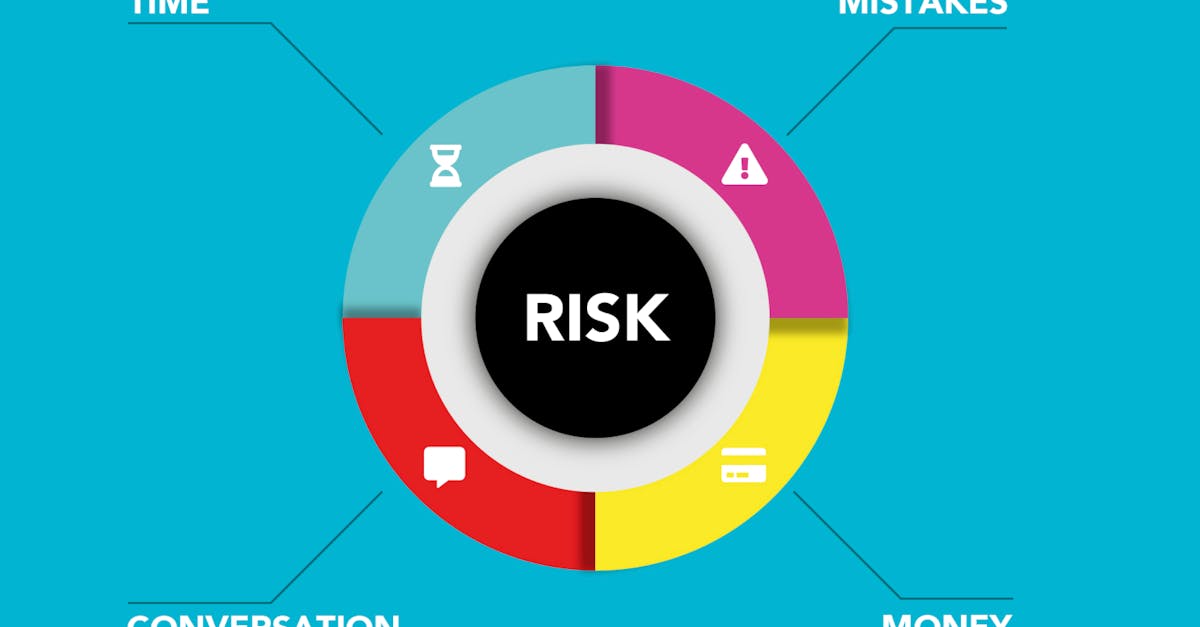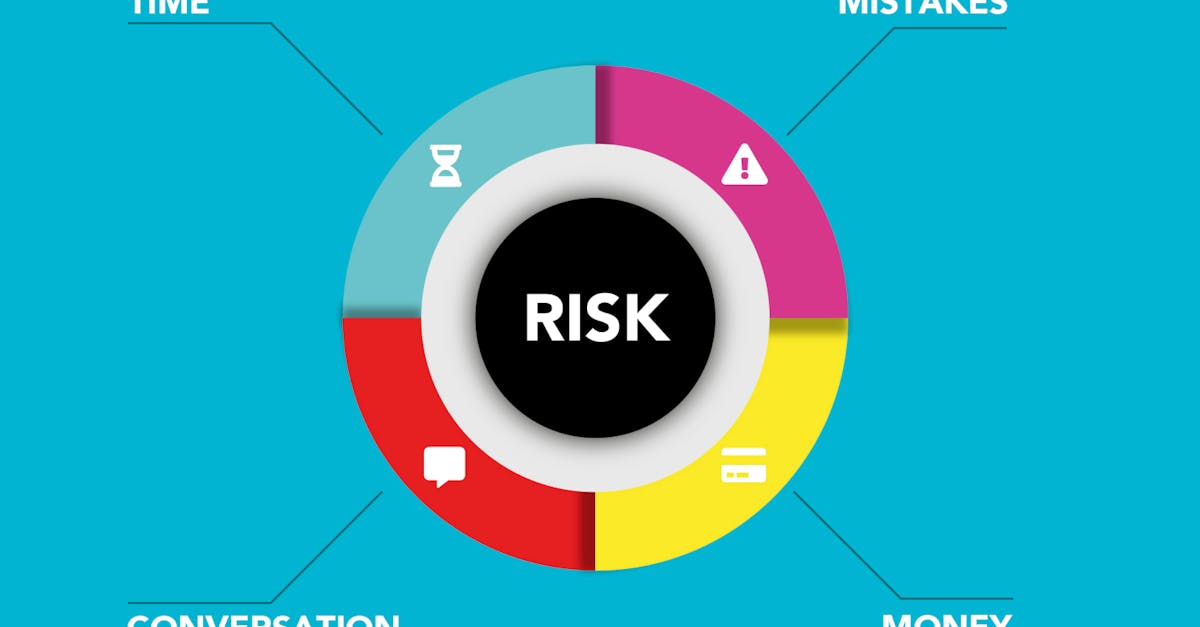Psychology Of Selling 7 Tactics To Boost Your Sales
Introduction to the Psychology of Selling
In the dynamic landscape of sales, understanding the psychology behind why people buy can transform a good salesperson into a great one. By using psychological insights and strategies, sales professionals can effectively persuade clients, cater to their needs, and close more deals. This article aims to provide an in-depth exploration of seven key psychological tactics that, when harnessed correctly, significantly enhance sales success. We'll explore methods that can emotionally engage clients, build trust, and subtly influence their decision-making processes. These tactics are not about manipulation but rather about forging genuine connections and creating value. So, let’s delve into these impactful strategies that can redefine your approach to selling.
Advertisement
Building Rapport with Clients
Building rapport is fundamental to any successful sales interaction. It involves establishing a connection where customers feel comfortable and valued. Sales reps can achieve this through active listening, empathy, and personalized communication. For instance, mirroring a client’s body language and speech tone can create a sense of familiarity and trust. It's not just about selling a product, but about building a relationship where the customer sees the salesperson as a trusted advisor. A strong rapport can significantly increase a client’s commitment to the brand, fostering customer loyalty that lasts beyond the immediate sale.
Advertisement
The Power of Social Proof
Social proof is a powerful psychological phenomenon where individuals look to the behavior of others to guide their own actions. This tactic is particularly effective in sales when showcasing testimonials, reviews, and case studies. When potential clients see others benefiting from a product or service, it validates their decision to purchase, reducing their perceived risk. Sales professionals can leverage social proof by highlighting success stories and endorsements from satisfied customers, thereby encouraging sceptical buyers to take action. Trust is a key component here; the more reliable the proof, the more compelling the sales pitch.
Advertisement
Scarcity as a Motivational Trigger
Scarcity creates urgency and motivation by compelling people to act swiftly before a product runs out or a deal expires. This tactic plays on the fear of missing out (FOMO), encouraging customers to make quick purchasing decisions. Salespeople can utilize limited-time offers, exclusive deals, or low stock alerts to instigate action. However, it's vital to remain transparent; false scarcity can damage trust and harm a brand's reputation. True scarcity, combined with an appealing proposition, can effectively nudge customers toward a purchase.
Advertisement
Reciprocity and the Willingness to Return Favors
Reciprocity is a deeply ingrained social norm that can be harnessed in sales. When a salesperson offers something valuable, such as free samples, advice, or content, clients often feel an obligation to reciprocate, potentially with a purchase. This is about giving more than you take, creating goodwill that encourages clients to return the favor. By ensuring that the value offered exceeds expectations, salespeople can cultivate a loyal customer base willing to engage and reciprocate over time.
Advertisement
Creating a Sense of Belonging
People have an intrinsic desire to belong, and sales strategies tapping into this need can be particularly effective. Brands can create a community around their products, offering customers a sense of belonging that enhances loyalty. Initiatives like customer forums, exclusive memberships, or brand ambassadors foster a community atmosphere, where clients feel part of something bigger than just a transaction. This connection often results in repeat sales, referrals, and heightened brand enthusiasm as clients advocate for the brand they feel intrinsically connected to.
Advertisement
The Art of Storytelling in Sales
Storytelling has been a fundamental human practice for centuries and is a profound tool in sales when done correctly. A compelling story can convey value, evoke emotion, and humanize a product, making it relatable and desirable. Salespeople can use narratives to illustrate how their product or service has transformed lives, solving problems or fulfilling needs. Effective storytelling resonates with customers on an emotional level, strengthening the link between the brand and its clients, and often motivating them to make a purchase due to the emotional connection formed.
Advertisement
Handling Rejections with Resilience and Adaptability
Rejection is an inevitable part of sales, but handling it effectively can set successful salespersons apart. Resilience and adaptability are crucial in this aspect. Rather than seeing rejection as failure, it should be viewed as feedback for improvement. By listening to client concerns and objections, a salesperson can adapt their approach and refine their pitch. Moreover, following up with clients and showing persistence can often lead to eventually turning a ‘no’ into a ‘yes’. Building a robust mindset towards rejection can significantly enhance sales performance and client relationships.
Advertisement
Conclusion: Integrating Psychology and Sales
The psychology of selling is an intricate blend of art and science, each tactic providing valuable insights into human behavior and decision-making. These seven tactics—building rapport, leveraging social proof, creating scarcity, eliciting reciprocity, fostering belonging, mastering storytelling, and adapting to rejection—are essential tools for any salesperson aiming to excel. By integrating these principles into everyday sales practices, professionals can enhance engagement, build meaningful relationships, and close more deals. Ultimately, selling is about understanding and meeting client needs, and psychology offers profound insights into achieving this effectively.
Advertisement








